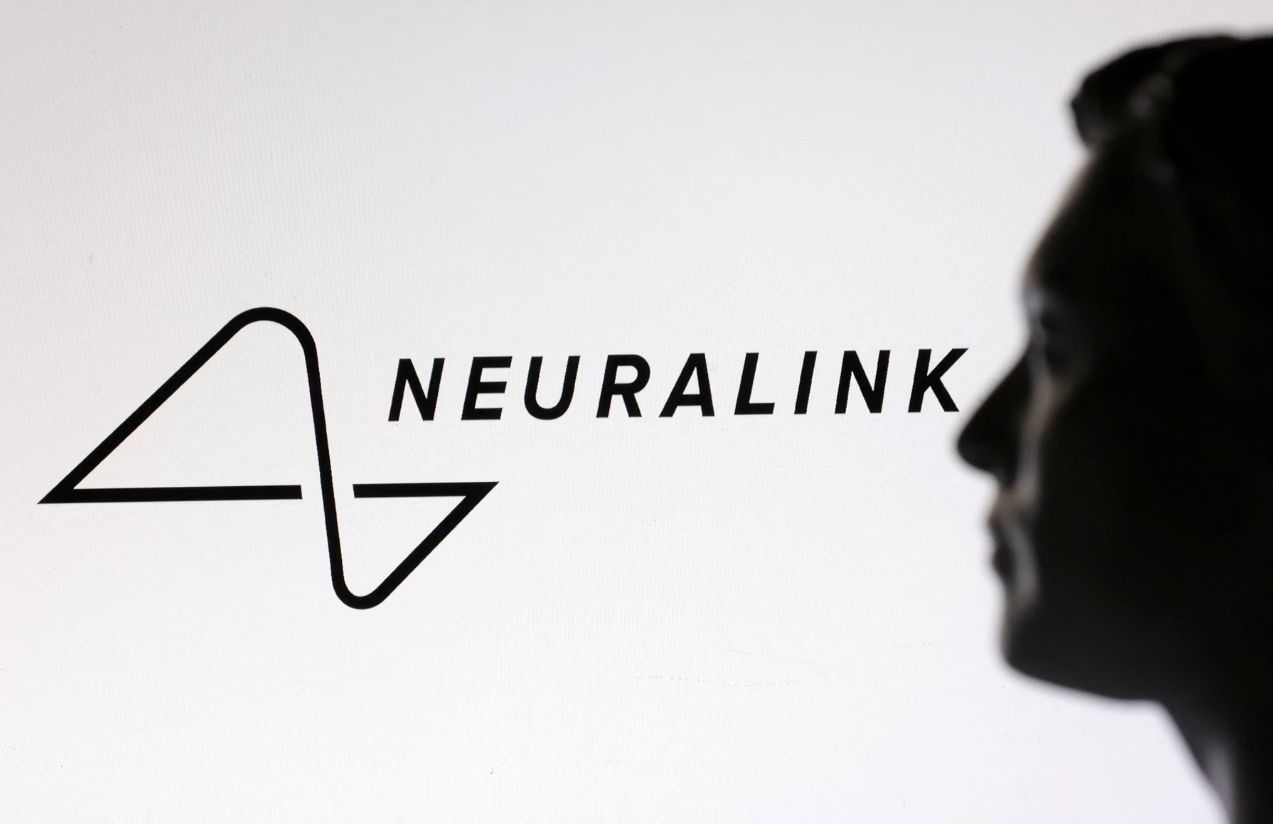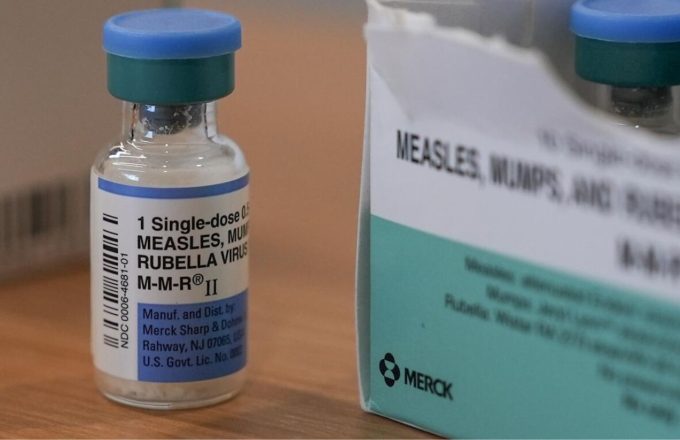Behind Neuralink’s promising advances — the company founded by Elon Musk that has implanted brain chips in people with paralysis — a troubling report has emerged. Wired reveals that in the project’s early stages, primates were used for testing, and several of them died as a result. The company is also accused of destroying key evidence to hide mistakes, negligence, and ethical concerns.
Between 2017 and 2020, Neuralink conducted experiments on monkeys in partnership with the University of California at Davis (UC Davis), a public biomedical research center. According to internal documents and testimonies obtained by Wired, at least twelve primates were implanted with brain chips during this experimental phase. Several of these procedures reportedly ended in the animals’ deaths under circumstances described as negligent by former employees and animal rights groups.
The investigation claims Neuralink requested the deletion of hundreds of files, including images, X-rays, and clinical reports that documented the physical consequences of the experiments — suffering, severe injuries, and infections following surgical procedures.
One of the most alarming cases involved the death of a monkey implanted with a brain chip using an adhesive not approved for such procedures. The material caused an adverse reaction that ultimately led to the animal’s death. Former collaborators say the outcome was not an unavoidable surgical risk, but the result of a flawed technical decision.
Amid mounting criticism, Neuralink publicly defended the legality and ethics of its practices. Elon Musk repeatedly stated in interviews and forums that the animals used in the trials were already “terminally ill” before the experiments began, and that their deaths were not caused by the implants but by preexisting conditions, such as cancer.
However, that narrative has been challenged by a thorough investigation conducted by Wired and the Physicians Committee for Responsible Medicine (PCRM), based on veterinary records from UC Davis. The documents reveal that several primates remained at the facility for over a year before undergoing surgery, without showing signs of terminal illness.
One example is “Animal 11,” whose pre-surgical evaluation noted only minor injuries — such as missing fingers — but no diagnosis that would justify euthanasia on medical grounds.
Another case involved a female macaque who received a brain implant and was later euthanized after developing severe infections caused by the procedure. Veterinary records detail the progression of inflammation, bacterial cultures, and the animal’s gradual decline.
These revelations — along with the alleged destruction of evidence — have reignited debate over the ethical boundaries of scientific research, especially when private companies partner with public institutions. Various advocacy organizations, former employees, and U.S. lawmakers have called on the Securities and Exchange Commission (SEC) to investigate whether Musk and Neuralink committed securities fraud by making misleading statements about the animal testing.
The PCRM has repeatedly submitted formal letters urging federal authorities to investigate. Its experts argue that many of the observed complications — including infections, physical injuries, and symptoms of chronic stress or depression (in some cases treated with fluoxetine) — were direct consequences of the experiments, not preexisting conditions.
Researchers from the California National Primate Research Center have also disputed Musk’s narrative. According to them, the animals did not meet standard medical criteria to be classified as terminally ill from the outset.
Autopsy reports support this view: unlike other species euthanized for irreversible medical conditions, the monkeys used in Neuralink’s trials did not exhibit prior health issues that would justify such measures.
The controversy has brought renewed scrutiny to the ethical limits of technological innovation — and how far science should go when the goal is to merge mind and machine.




















